RNb-NeuS2: Multi-View Surface Reconstruction
Using Normal and Reflectance Cues
International Journal of Computer Vision (IJCV), 2025
RNb-NeuS2 (13 viewpoints)
● Scroll to zoom in/out
● Drag to rotate
● Press "shift" and drag to pan
● Click on the buttons at the top to switch texture color on/off
Colmap (121 viewpoints)
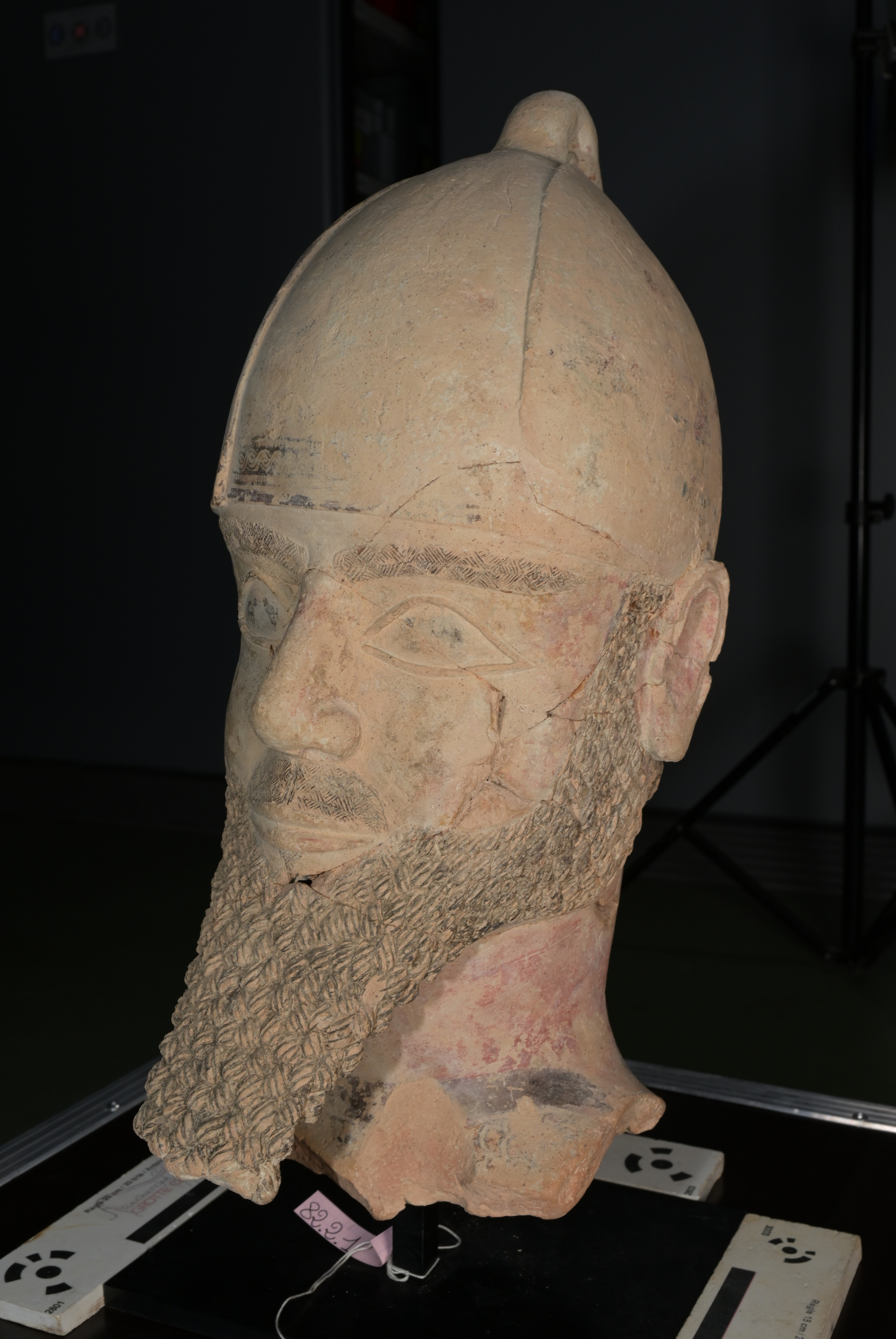
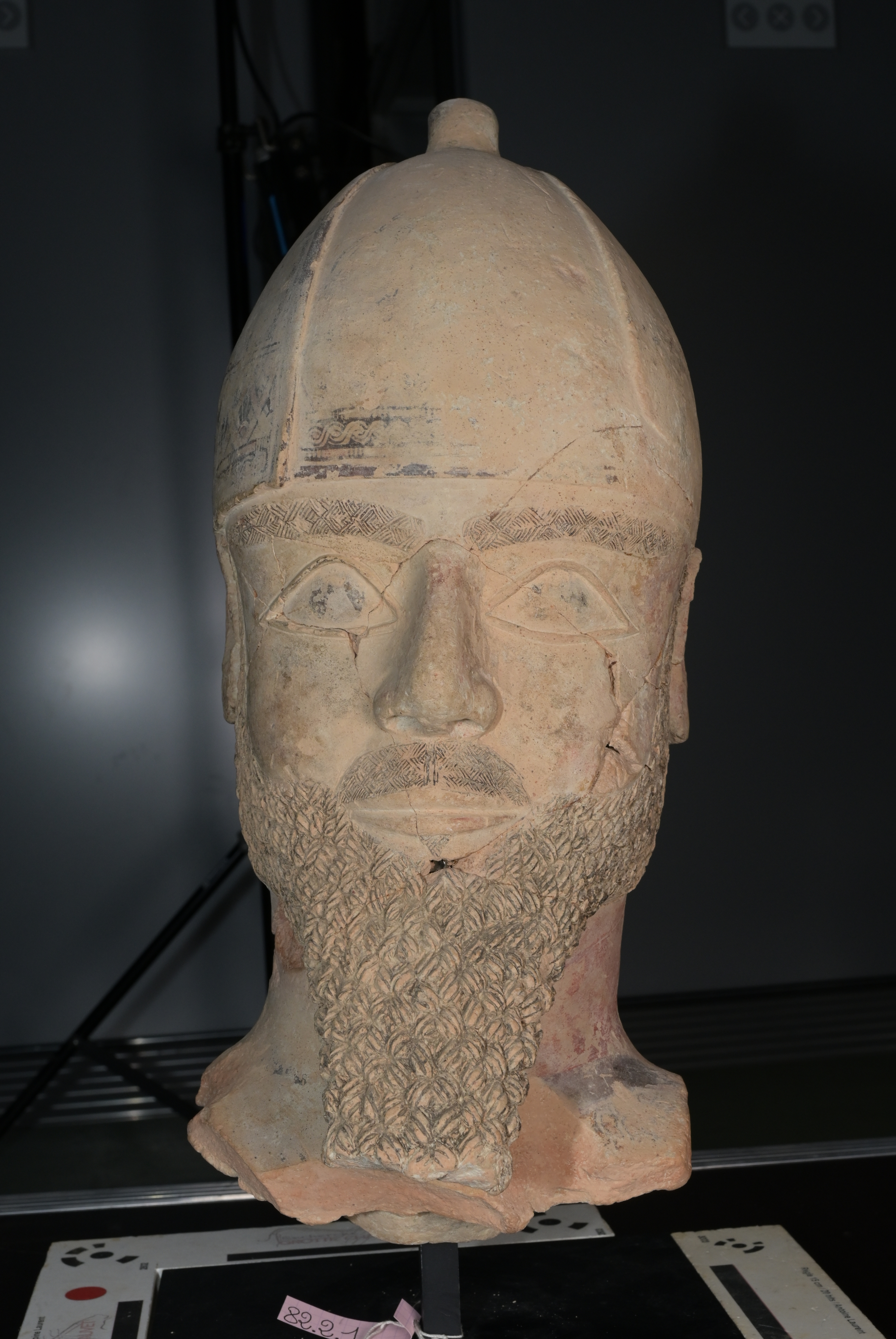
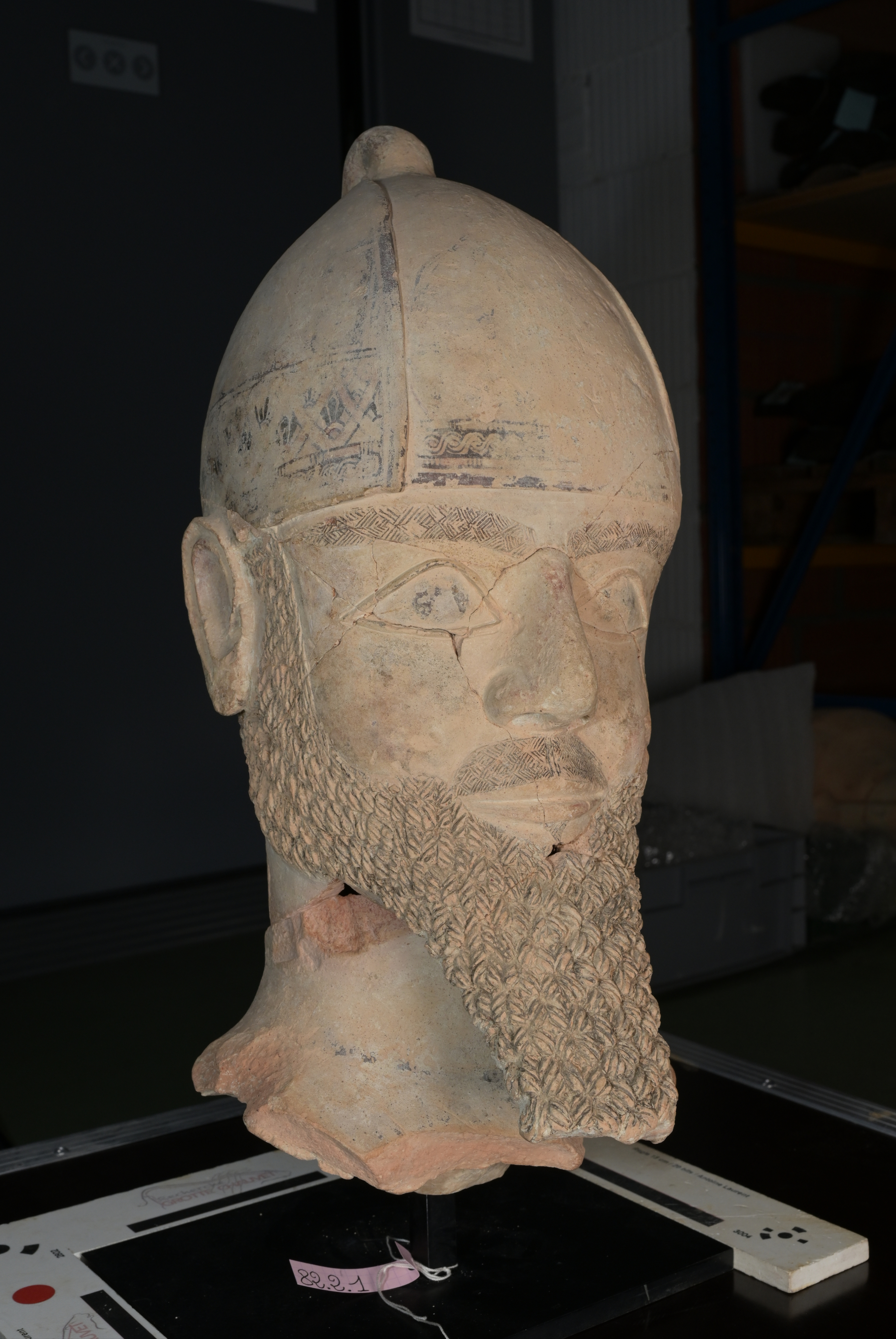
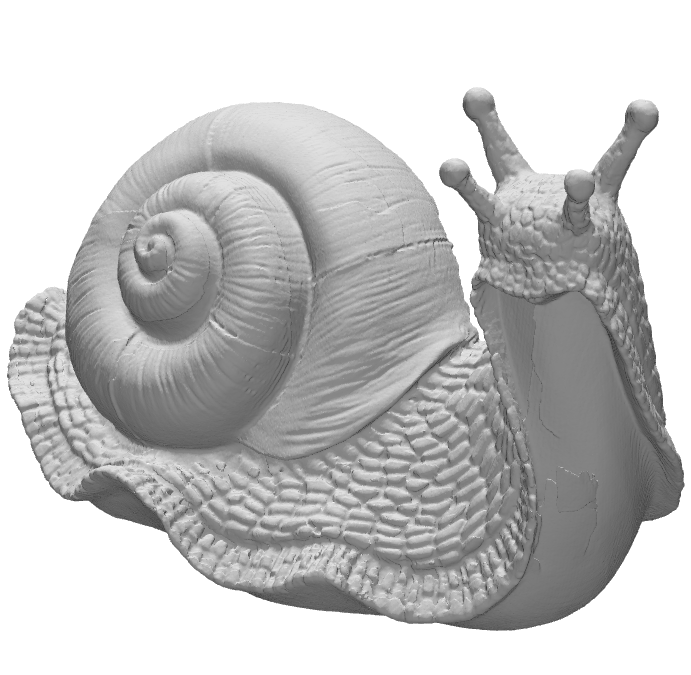

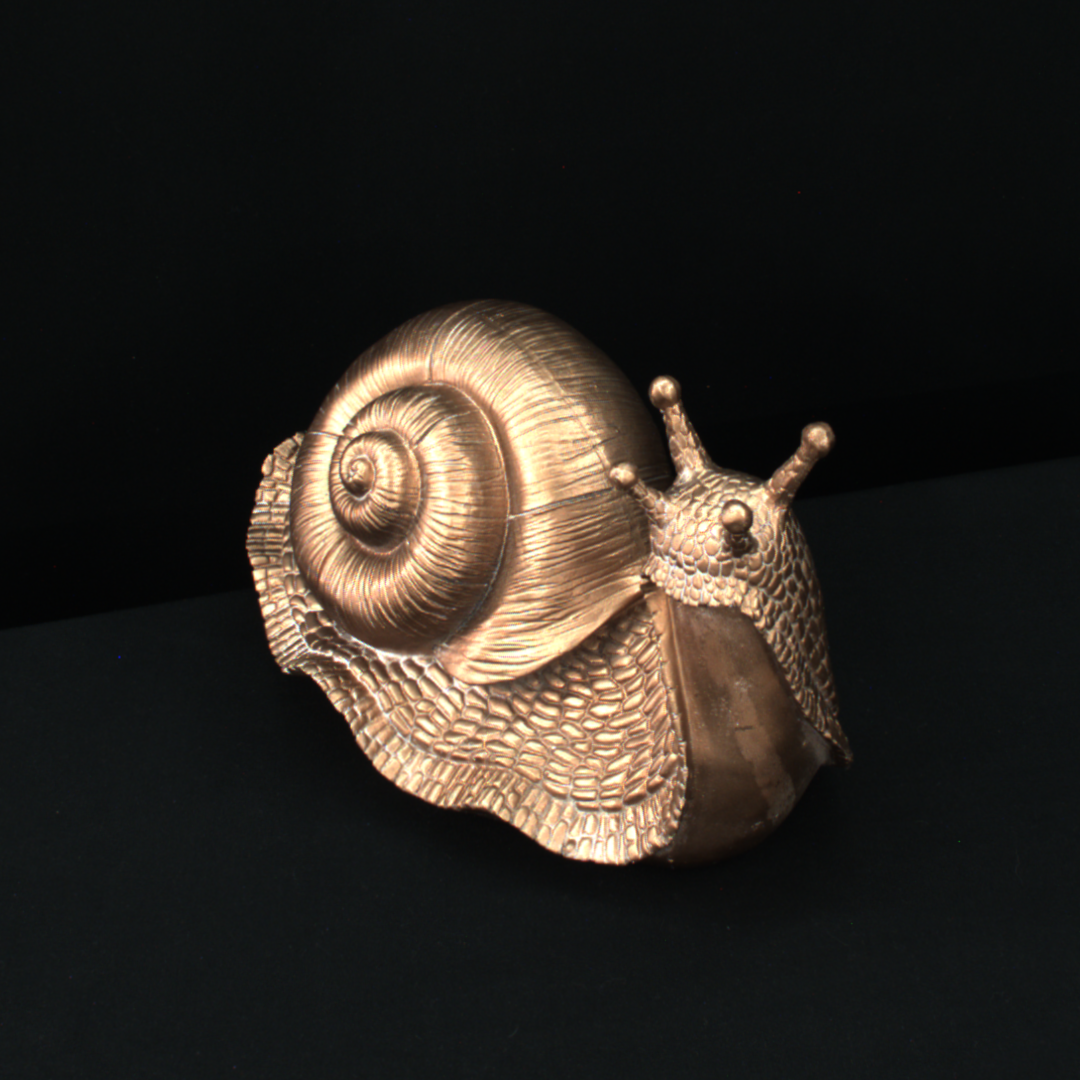












[1] RNb-NeuS: Reflectance and Normal-based Multi-View 3D
Reconstruction , Brument et al. CVPR 2024
[2] Assessing the Quality of 3D Reconstruction in the Absence of Ground Truth: Application to a Multimodal Archaeological Dataset , Coupry et al., WACV 2025
[3] Self-calibrated Near-light Photometric Stereo using a Geometric Proxy , Coupry et al. SSVM 2025
[4] Pixelwise View Selection for Unstructured Multi-View Stereo , Schoenberger et al. ECCV 2016
[5] Multi-sensor large-scale dataset for multi-view 3D reconstruction , Voynov et al. CVPR 2023
[6] Scalable, Detailed and Mask-free Universal Photometric Stereo , Ikehata et al. CVPR 2023
[7] NeuS2: Fast Learning of Neural Implicit Surfaces for Multi-view Reconstruction, Wang et al. ICCV 2023
[8] Uni MS-PS: A multi-scale encoder-decoder transformer for universal photometric stereo , Hardy et al. CVIU 2024
[2] Assessing the Quality of 3D Reconstruction in the Absence of Ground Truth: Application to a Multimodal Archaeological Dataset , Coupry et al., WACV 2025
[3] Self-calibrated Near-light Photometric Stereo using a Geometric Proxy , Coupry et al. SSVM 2025
[4] Pixelwise View Selection for Unstructured Multi-View Stereo , Schoenberger et al. ECCV 2016
[5] Multi-sensor large-scale dataset for multi-view 3D reconstruction , Voynov et al. CVPR 2023
[6] Scalable, Detailed and Mask-free Universal Photometric Stereo , Ikehata et al. CVPR 2023
[7] NeuS2: Fast Learning of Neural Implicit Surfaces for Multi-view Reconstruction, Wang et al. ICCV 2023
[8] Uni MS-PS: A multi-scale encoder-decoder transformer for universal photometric stereo , Hardy et al. CVIU 2024